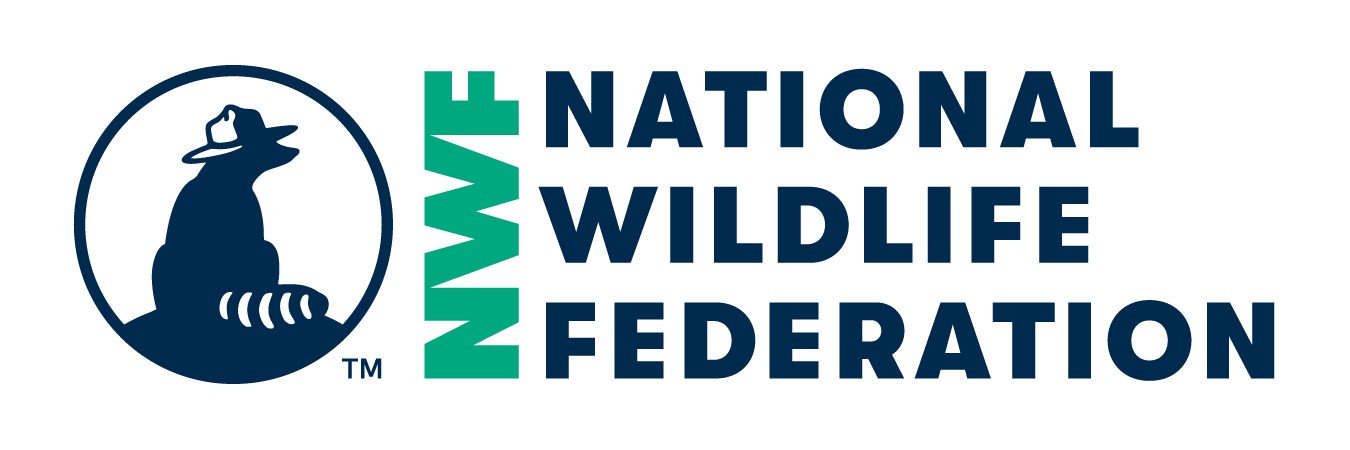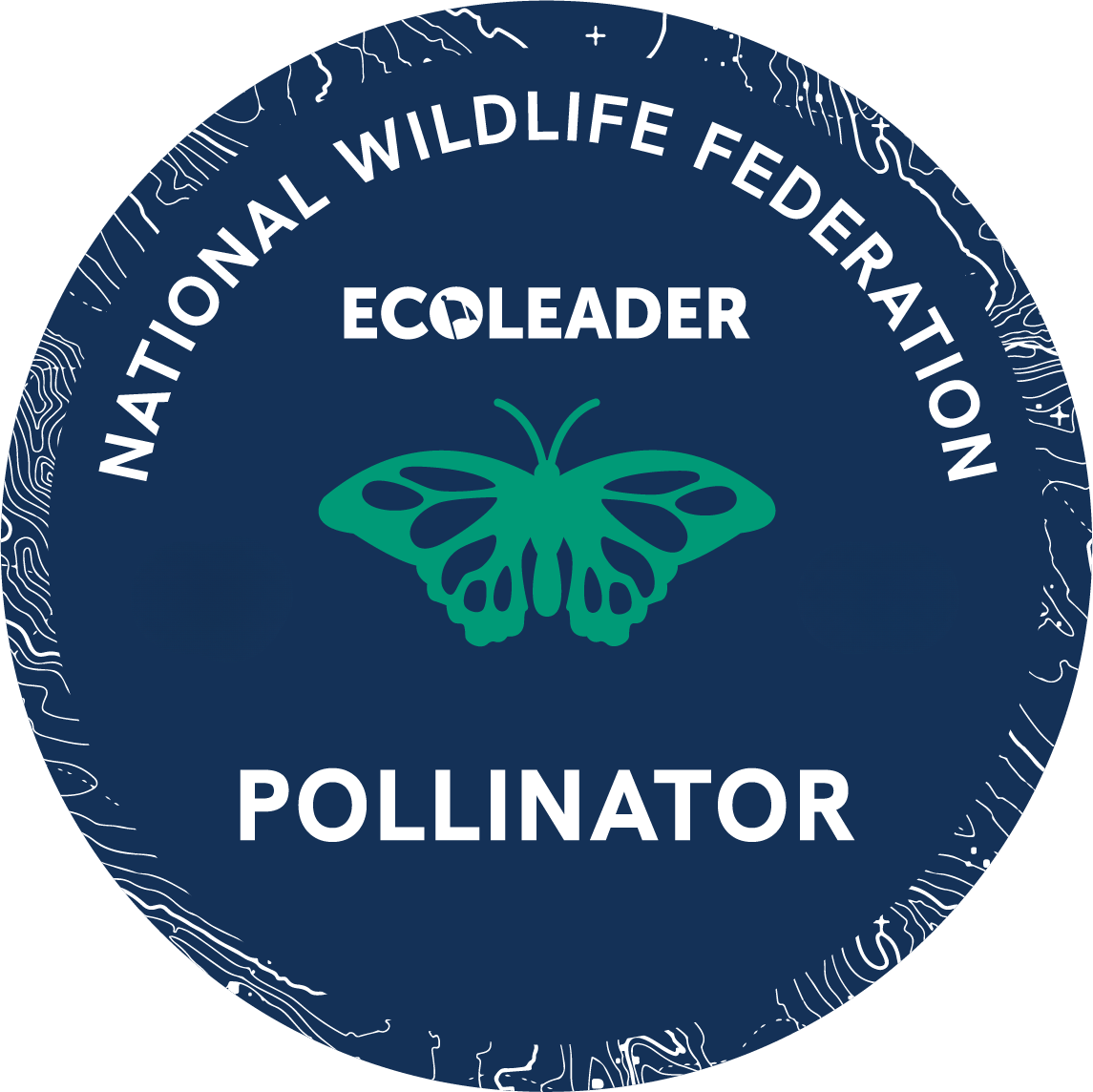Patrick Hogan
Check the box once completed
I learned about the Monarch campaign and the importance of Pollinators
Which resource(s) did you choose to read?
Learn about the plight of the Monarch butterfly [1], Learn about the importance of pollinators and what NWF’s doing to help [2], Read NWF’s The Campus Wild Guide to learn how schools across the country are creating pollinator habitat on their campus [3], Monarch Conservation in America’s Cities: A Solutions Guide for Municipal Leaders [4], Blog: Four Questions about Neonicotinoid Pesticides Neonicotinoid pesticides are a class of chemical used as an insecticide on crops, in home and school gardens, by landscapers, and on public lands. There is often a concern surrounding the impact of neonicotinoids on pollinating insects [5], Monarch and Pollinator Conservation [6]
Are there other pollinator resources that you have found helpful that are not included in the resources bank? If so, please share them here:
Which action(s) did you take to participate to help monarchs and/or pollinators?
Helped monarch butterflies survive by editing and sending a message to the U.S. Department of Agriculture, urging them to close loopholes that threaten native grassland habitat., Educated citizens about the decline of the monarch butterfly through educational events, local editorials, creating Educational materials and leading citizen science efforts, Helped to create a migratory corridor/large landscape habitat on campus or in your community or region, Encouraged your Mayor to take the Mayor’s Monarch Pledge, Hosted events including native milkweed seed collections, milkweed plug giveaways, planting milkweeds in demonstration gardens, in medians, public rights-of-way and community gardens and showcasing native milkweed in local Certified Wildlife Habitat garden tours, Initiated or support citizen-science efforts that help monitor monarch migration and health, Advocated for the expansion of invasive species removal programs to make it possible to re-establish native milkweed and nectar plants to the landscape
If you selected "Other", please describe the action you took.
Which method(s) did you use to communicate about the campaign and the action(s) you took?
Shared the action you’ve taken on social media , Communicated with campus and/or community garden groups and urge them to plant native milkweeds and nectar-producing plants, Other
If you selected Other, please describe the method you took.
Which action(s) did you to take to help sustain your efforts on this campaign?
Developed a plan for ongoing maintenance of gardens planted
If you selected Other, please describe the action you took.
Our archery range in town is certified wildlife habitat
In reflecting on your experience in earning this badge, please share some of your thoughts on what you most enjoyed about this process and if there are any ways you think it could be improved. What was your biggest take away?








Project Feedback